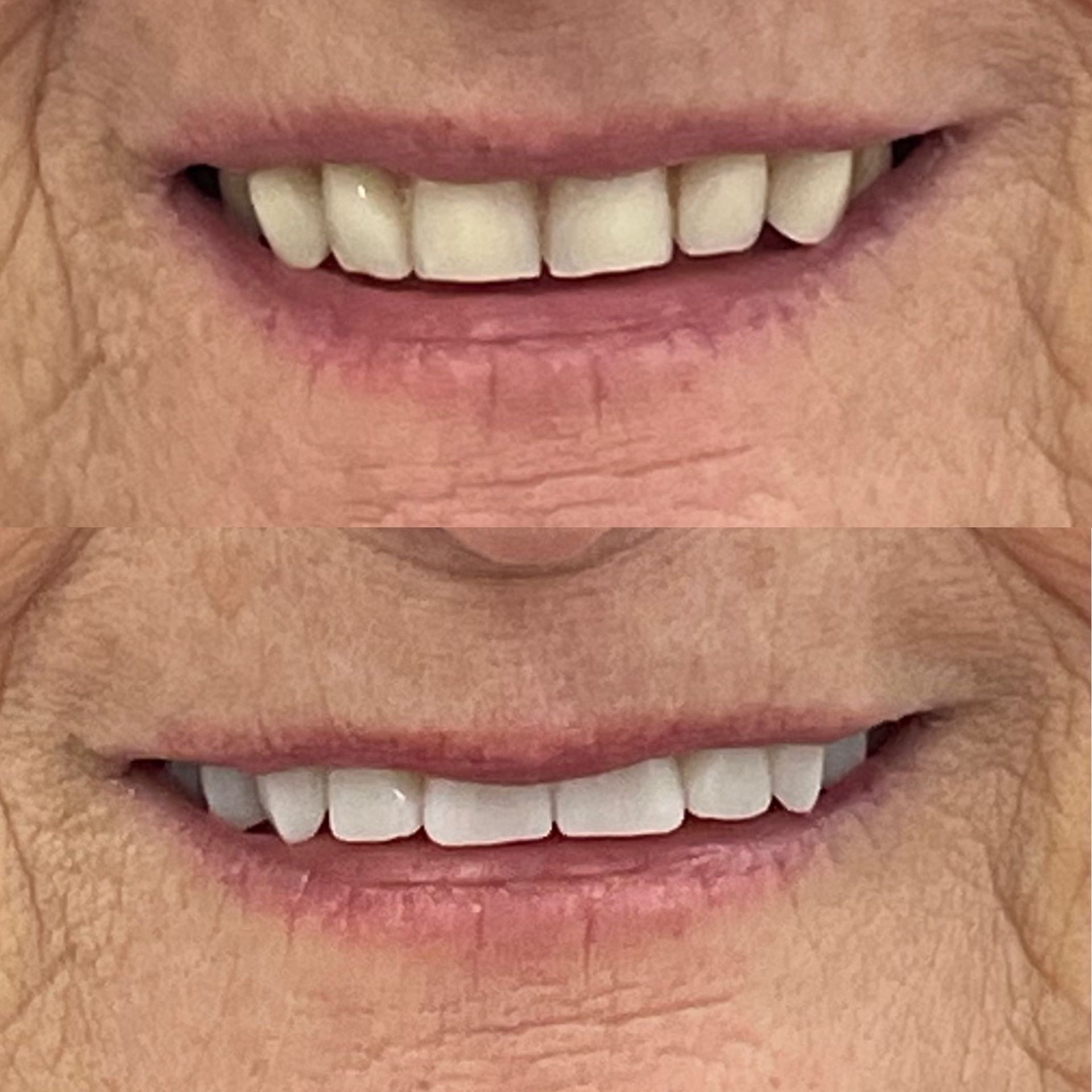Our Services
Full Dentures
Full dentures are designed to replace a complete set of missing teeth with custom-made prosthetics that restore appearance, comfort and oral function. Each denture is carefully crafted for natural results.
Partial Dentures
Partial dentures fill gaps left by missing teeth, restoring your ability to chew and speak comfortably. They are made to blend seamlessly with the remaining teeth for a balanced, natural smile.
Denture Repairs
Professional denture repairs restore damaged or broken dentures to their proper function. Services include crack repairs, relines, and adjustments to maintain comfort, stability and everyday usability.
Immediate Dentures
Immediate dentures are fitted directly after tooth extractions to maintain appearance and oral function during healing. They are later adjusted for improved fit and long-term comfort.
Mouthguards
Custom-made mouthguards provide essential protection for teeth and gums during sports or physical activities. Each one is designed for a secure fit, durability and ease of use.
Vouchers
Denture vouchers support eligible patients in accessing approved denture services. These programs help cover costs for new dentures, repairs and adjustments under specific healthcare arrangements.
Comprehensive Denture Services
At Dentures Direct Ballina, we provide a complete range of professional denture services designed to meet the needs of adults and seniors throughout Ballina and the surrounding areas. With over 25 years of experience, our qualified Dental Prosthetist, holding an Advanced Diploma in Dental Prosthetics, offers denture care supported by accreditation from the Australian Dental Prosthetists Association and approval as a Department of Veterans’ Affairs provider.
Our services include digital dentures, intra-oral scanning, impression-free dentures, full and partial dentures, immediate dentures, denture repairs, custom mouthguards and voucher assistance.
We aim to ensure that every solution is tailored to you, providing a comfortable fit, a natural appearance and long-lasting results using both digital and hand-finished techniques. We’re committed to precision, transparency and patient comfort at every stage, from consultation through to aftercare. Call (02) 6681 6691 today to learn more or schedule your appointment with a local prosthetist.




